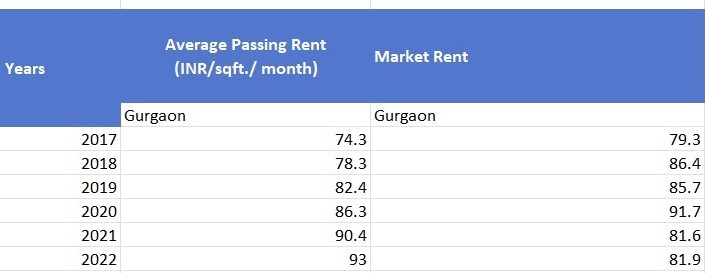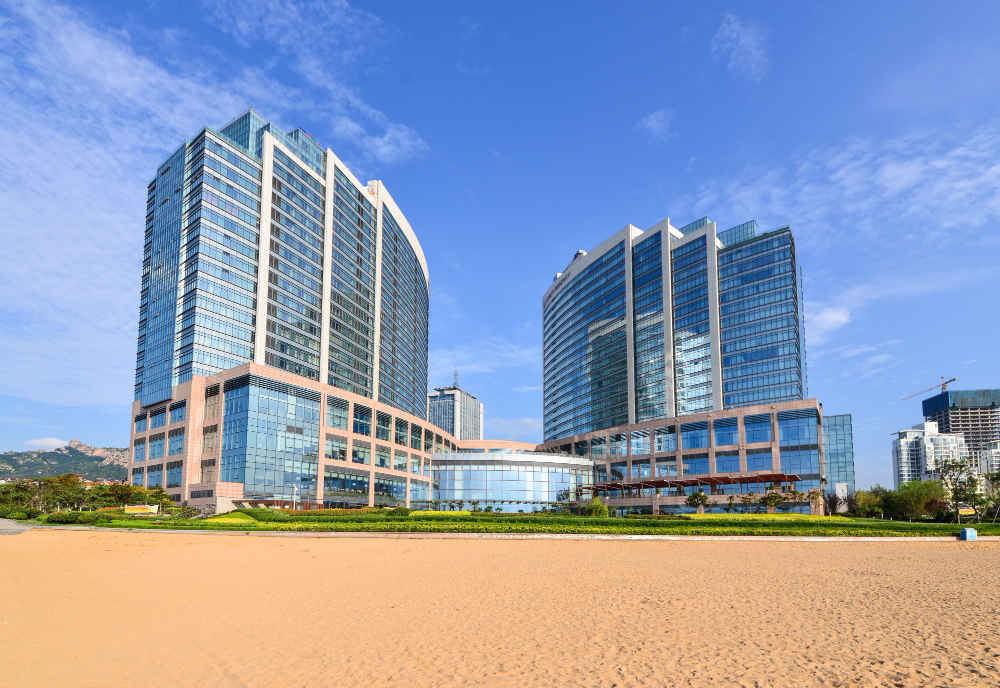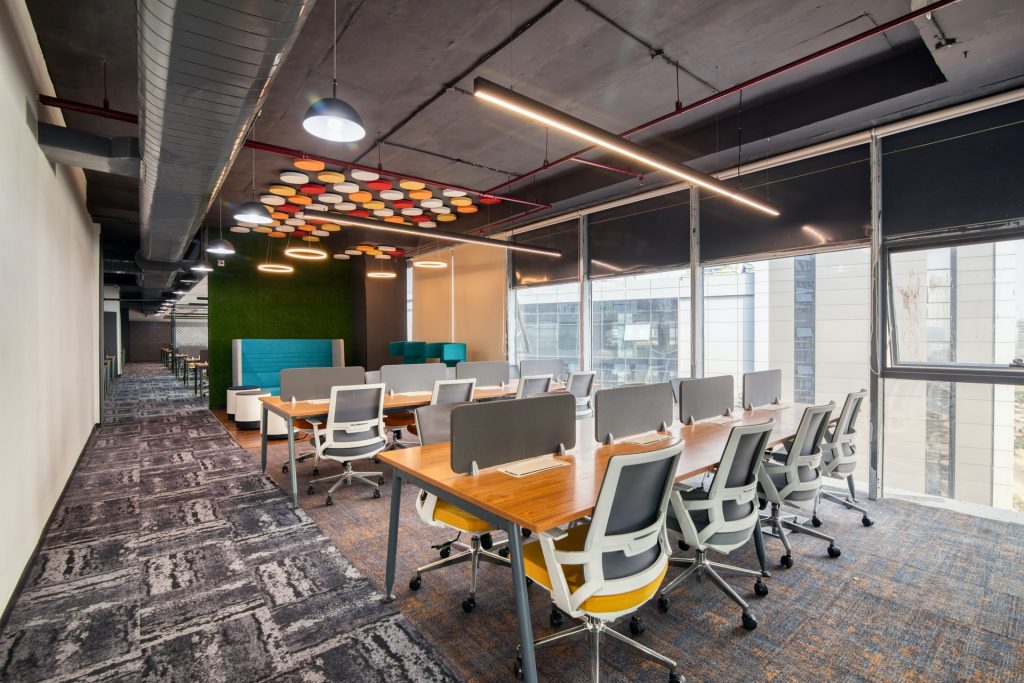The real estate industry is regarded as one of the most universally recognized sectors. It contains four sub-sectors including housing, hospitability, retail, and commercial. The evolution of this industry is accompanied by the development in the corporate setting and the need for office space as well as urban and semi-urban accommodations.

In India, the real estate sector is considered to be the second-highest employment generator, following the agriculture industry. It is anticipated that this sector will gain more non-resident Indian (NRI) investment, both long term as well as short term. Bengaluru is believed to be the most preferred property destination for NRIs currently.
While there is a high demand for purchasing commercial properties, there is a rise in leasing commercial lease India as well following the reduction in the severity of the pandemic.
What is Commercial Leasing?
A commercial leasing India is essentially a lease that is utilized for a commercial property where a company would conduct its business. These leases comprise an array of unique terms, including tasks connected to the upkeep of the property.
Unlike residential leases which are quite easy to comprehend, a commercial lease can be a little more complicated as it comes with numerous terms and conditions. Moreover, commercial property on lease is notonly given out to people but also to entities like the sole proprietorship, corporates, or HUF.
Kinds of Leasing Structures in India
On a broad level, there are roughly two main types of leases in India:
Financial Lease
It refers to a long-term duration lease. It encompasses the capital outlay in addition to the required rate of return on funds for the duration of the lease. In this case, the lessor plans to cover the expenses of the capital of the property and also wants to acquire some required rate of return. This financial lease cannot be canceled and the lessee has to make several payments in order to use the property.
In this case, the property rights continue to stay with the owner during the lease period. However, when the lease is about to expire, the tenant party is provided the choice to buy said property by paying the residual money. The amount is generally estimated at 10% of the value of the property or less.
This kind of lease can be observed as a loan. The lessee will keep paying the lease rent and pay the remaining amount in the end to own the property.
Operating Lease
When it comes to operating lease, the legal ownership of the property remains in the hands of the owner of the property. The owner only spreads the right to use his property for economic uses or business purposes for a pre-defined duration of time.
Once the duration of the lease is coming to an end, it can be determined whether to lengthen the lease and continue to allow the usage of the property to the lessor or terminate the contract. In this case, the ownership always lies with the true owner throughout its run.
If you wish to look for commercial properties for rent, you can take the help of India’s best real estate data analytics company – CRE Matrix – that allows stakeholders across different industries to view significant leasing data of various companies.











